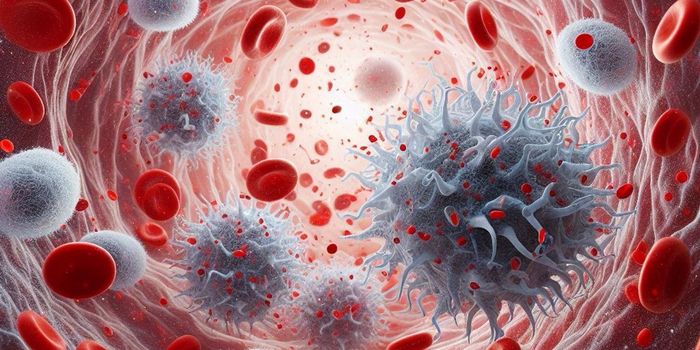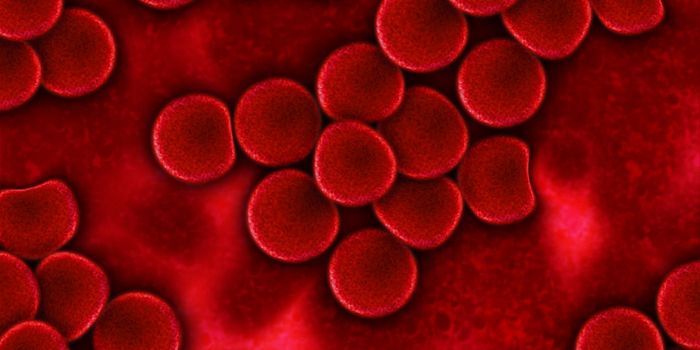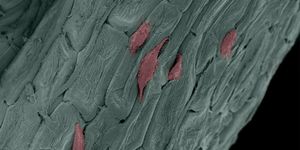How Scientists Trained a Virus to Kill Only Cancer Cells
You’ve heard of virus causing cancer. Now here’s a virus that can fight cancer.
To selectively destroy cancer cells, scientists in Barcelona, Spain are turning to an unfriendly pathogen – a virus. By genetically modifying a strain of adenovirus, the researchers say they successfully manipulated the expression of certain proteins in cancer cells, which had the effect of reducing cancer growth.
This new type of therapy is based on “oncolytic viruses.” These are specifically engineered to infect cancer cells while leaving healthy cells in tact. The approach is aimed at minimizing damage to healthy cells, which remains one of the biggest drawbacks of many conventional anticancer treatments.
"In this study we have worked with adenoviruses, a family of viruses that can cause infections of the respiratory tract, the urinary tract, conjunctivitis or gastroenteritis but which have features that make them very attractive to be used in the therapy against tumors," said Cristina Fillat, a researcher at the IDIBAPS Biomedical Research Institute in Barcelona, and the study’s co-senior author.
The team also focused on a specific family of proteins, known as cytoplasmic polyadenylation element binding (CPEB) proteins. This family consists of four RNA binding proteins (CPEB 1-4), which can modulate the expression of hundreds of other genes. In cancer, the balance of different CPEBs is altered, which causes accelerated growth and disrepair in these cells.
Modified viruses that selectively infect only tumor cells can reverse the imbalance of CPEBs, the researchers theorized.
"We have focused on the double imbalance of two of these proteins in healthy tissues and tumors: on the one hand we have CPEB4, which in previous studies we have shown that it is highly expressed in cancer cells and necessary for tumor growth; and, on the other hand, CPEB1, expressed in normal tissue and lost in cancer cells. We have taken advantage of this imbalance to make a virus that only attacks cells with high levels of CPEB4 and low CPEB1, that means that it only affects tumor cells, ignoring the healthy tissues," explained co-lead investigator Dr. Raúl Méndez.
The team modified the virus by inserting sequences of the protein for recognition of cells with high CPEB4 and low CPEB1. "When the modified viruses entered into tumor cells they replicated their genome and, when going out, they destroyed the cell and released more particles of the virus with the potential to infect more cancer cells," says Fillat.
The technique of using oncolytic viruses is relatively new but gaining good traction in the biotech industry, with the main lure being its potent selectivity for cancer cells. “This new approach is very interesting since it is a therapy selectively amplified in the tumor,” Fillat said of the virus. The strategy may also work for a multitude of other solid cancers.
Additional sources: Institute for Research in Biomedicine (IRB Barcelona)









